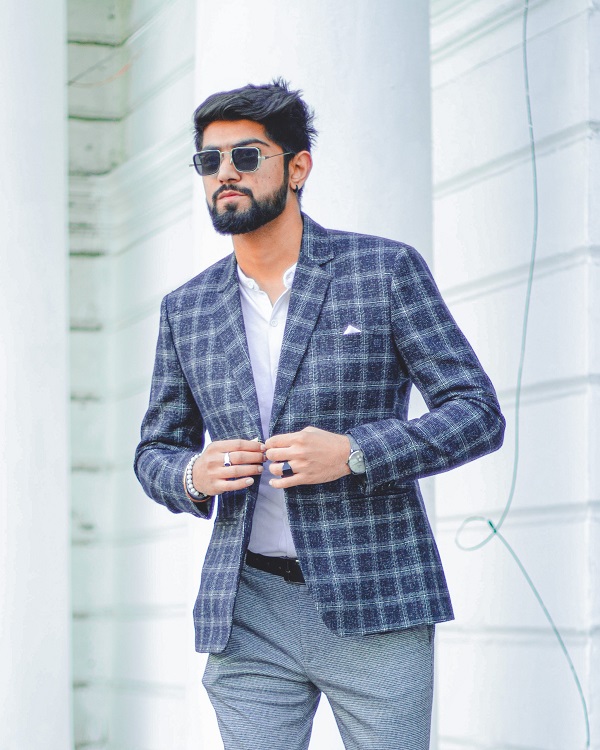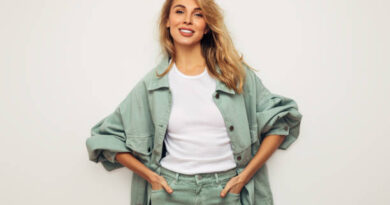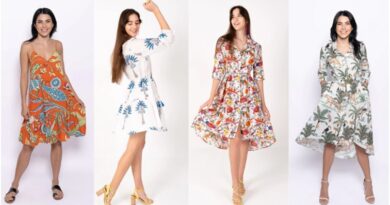How to Choose the Perfect Fabric for Men and Boy’s Apparel
Men’s apparel ranges from suits to topcoats to cover coats to jackets to pants. Suits, topcoats, overcoats, jackets, and raincoats are all examples of outerwear that may be found in the boy’s section. More distinct men’s and boys’ departments may be found in department shops and specialist boutiques thanks to the popularity of current trends and the widespread availability of cheap wholesale fabrics.
There are two broad categories for men’s and boys’ apparel: dress and function. For boys’ clothing, a similar categorization is possible. The clothes worn at work are frequently considered a different category. Shirts, pyjamas, hosiery, bathrobes, ties, handkerchiefs, belts, suspenders, garters, mufflers, scarves, swimwear, and underwear are the main components of men’s and boys’ apparel. These dresses are mostly made of tweed fabric, print textiles, check print fabric, etc.
Men’s shirts
The shirt may be categorised based on the event to which it is worn. Dress shirts, work shirts, formal shirts, and sports shirts are the four main categories here.
Dress and sports shirt
Formal shirts are often white, plain, or striped. Khaki, dark blue, and black are typical colours for work shirts. White, solid colours, plaids, stripes, and checks are all acceptable patterns for sports shirts. For males, dress shirt sizes range from 14 to 17. (neckband measurements). Custom shirts are the best option for men who don’t fit into normal sizes. The length of a sleeve is often classified as long or short. Shirting is often made from 100% cotton or a cotton/polyester combination.
Sports shirts come in a wide variety of designs, but they all have the ability to be worn without a necktie. They might have short or long sleeves with a collar, or neither. Sports shirts are designed for both active sports and informal use, therefore they should be made from a comfortable, easy-to-care-for fabric. Knitted or woven textiles are the two main categories for sport shirts.
Work shirts
Materials including mercerized cotton twill, polished cotton, mixes of 65% Dacron polyester and 35% cotton poplin, 17% nylon and 83% cotton twill, and 100% cotton chino are all used to make work shirts for utility wear. Fabrics like gabardine (made of 65 percent Dacron polyester and 35 percent combed cotton) and denim (made of 100 percent cotton) and drill (made of 100 percent cotton) meet these requirements. Work shirts should be chosen with functionality, not fashion, in mind. Shirts are made with comfort in mind, so they often feature long tails that remain tucked in, sleeves that may be either long or short, and sizes that are determined by the width of the neckband.
Formal shirts
Depending on the trend, formal shirts may be pleated or plain, and they may have a starched or unstarched bosom. Pique, broadcloth, crepe made of silk or synthetic fibres, and mixes are all examples of fabrics that may be used. The quality of the cloth used in making a shirt is what makes it last.
Washability also has a role in durability. The double-cuffed kind of shirts tends to last longer than their single-cuffed counterparts, although single-cuffed shirts are simpler to iron. If you’re on a tight budget, you may prioritise cost above quality when picking out a new shirt. Color and collar design are the two most prominent aspects that men think about while shopping. However, while shopping for a man’s shirt, ladies mostly focused on the collar style and pricing.
Remember a formal shirt has the aim to make you look professional. The best thing to avoid an informal look with a shirt is to avoid light shade. Do not choose bright hues that make you centre of attraction but you can for prints for darker and earthy tones.
Sweaters
When shopping for a sweater, many buyers consider the garment’s potential for fashionable expression. Pullovers, which are worn by both men and women, are characterised by their lack of buttons and long zippers and by the cardian, which is characterised by its button or zipper closure at the front. Sleeved pullovers are more common than sleeveless ones, however the latter are typically used as layering pieces.
The pullover may have a V-neck, round neck, boat turtle neck, or crew neck. We carry sizes 36–46. Depending on your preference, you may get the cardigan with or without the shawl neck and pockets. There are nubbed, thick, shaggy-hairy, and smooth sweaters available. Both are suitable for layering, although the former is more at home beneath a jacket, while the latter is more suited to activewear. Sweaters may be found in a wide variety of materials, including pure wool, cashmere, cotton, 01 Orlon Acrilan acrylic texture nylon, and wool-mohair mixes.
Sleep wear
As with any other kind of clothing, a man wants his pyjamas to be as cosy as possible while he’s sleeping. It’s more convenient to put on and take off an item of clothing that has a soft, smooth feel, a full cut, and smooth seams, and that item is likely to be comfortable. After comfort, the sleepwear’s capacity to last through several washes is a must-have.
As long as the shrinkage is under 5%, it’s OK. A strong selling factor is the press’s longevity. Some males place more value on how a garment looks than on its use or longevity. Decoration, trimming, and/or the quality of the craftsmanship stand out in these situations. The standard pyjama set consists of a top similar to an actual coat or a pullover (middy) and bottoms.
Children’s clothing mimics that of adults, or it may be a one-piece suit (complete with feet) that is worn all at once. Whereas the pullover has no need for a front closure, the separate coat has buttons along the whole length of the front.

Conclusion
I hope the above article helped you in understanding different fabrics for different men’s wear. If you are into fashion business or like to design your own attires then you must visit fabriclore. Here you can get fabric of your choice from our huge collection. You will get ranges of fabric from denim to poplin fabric and many more.



